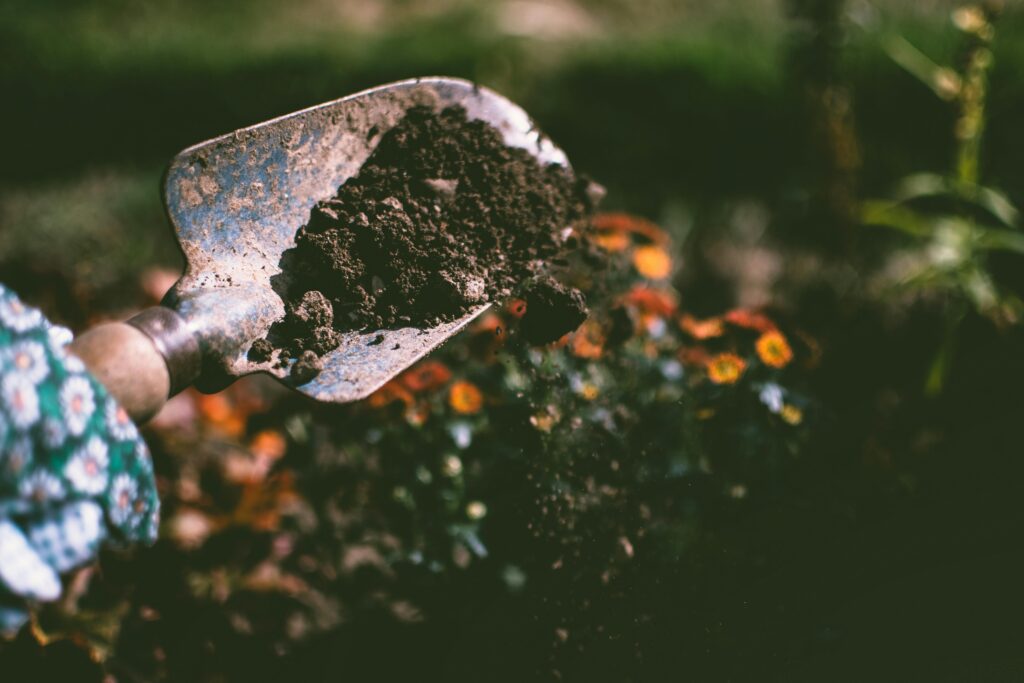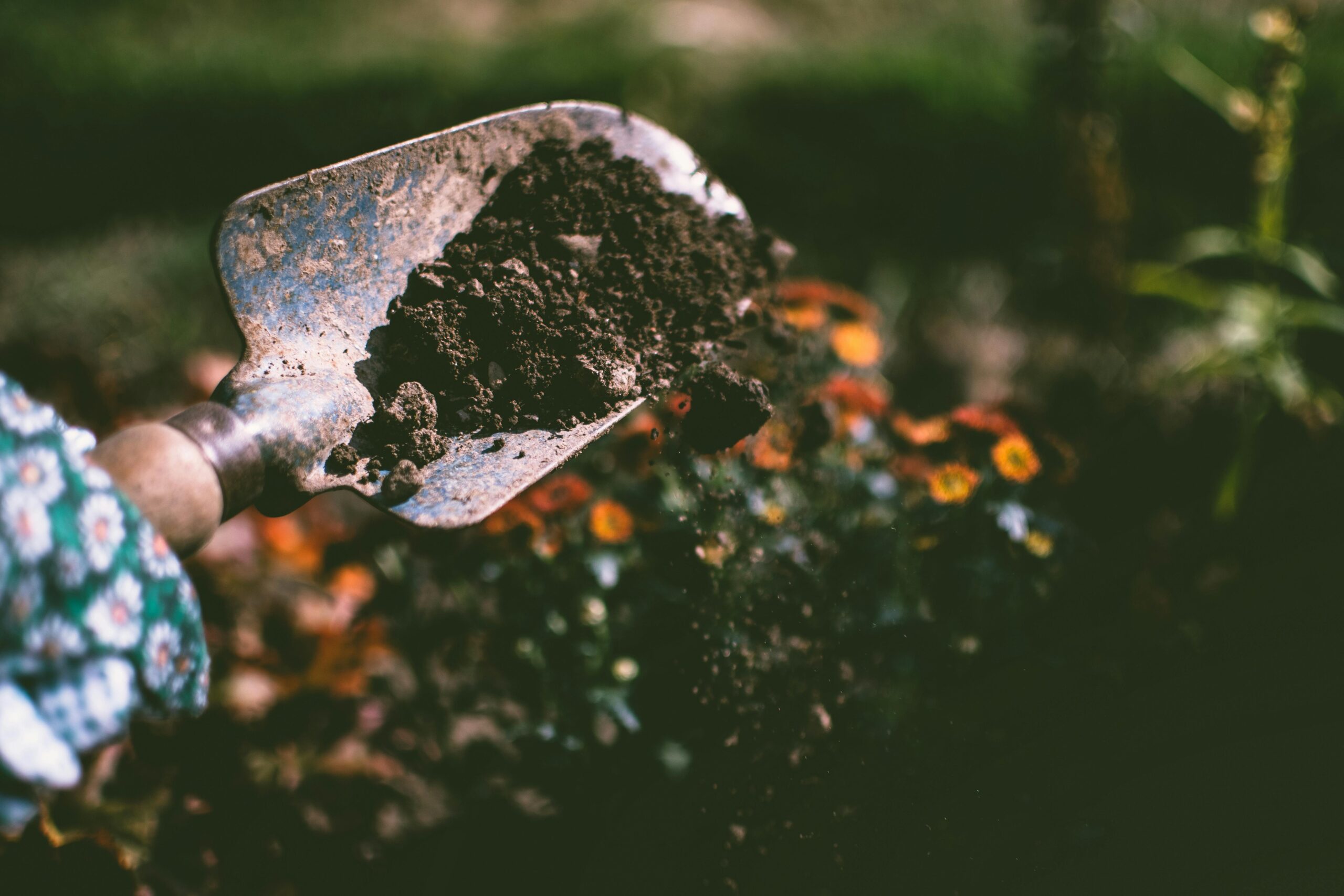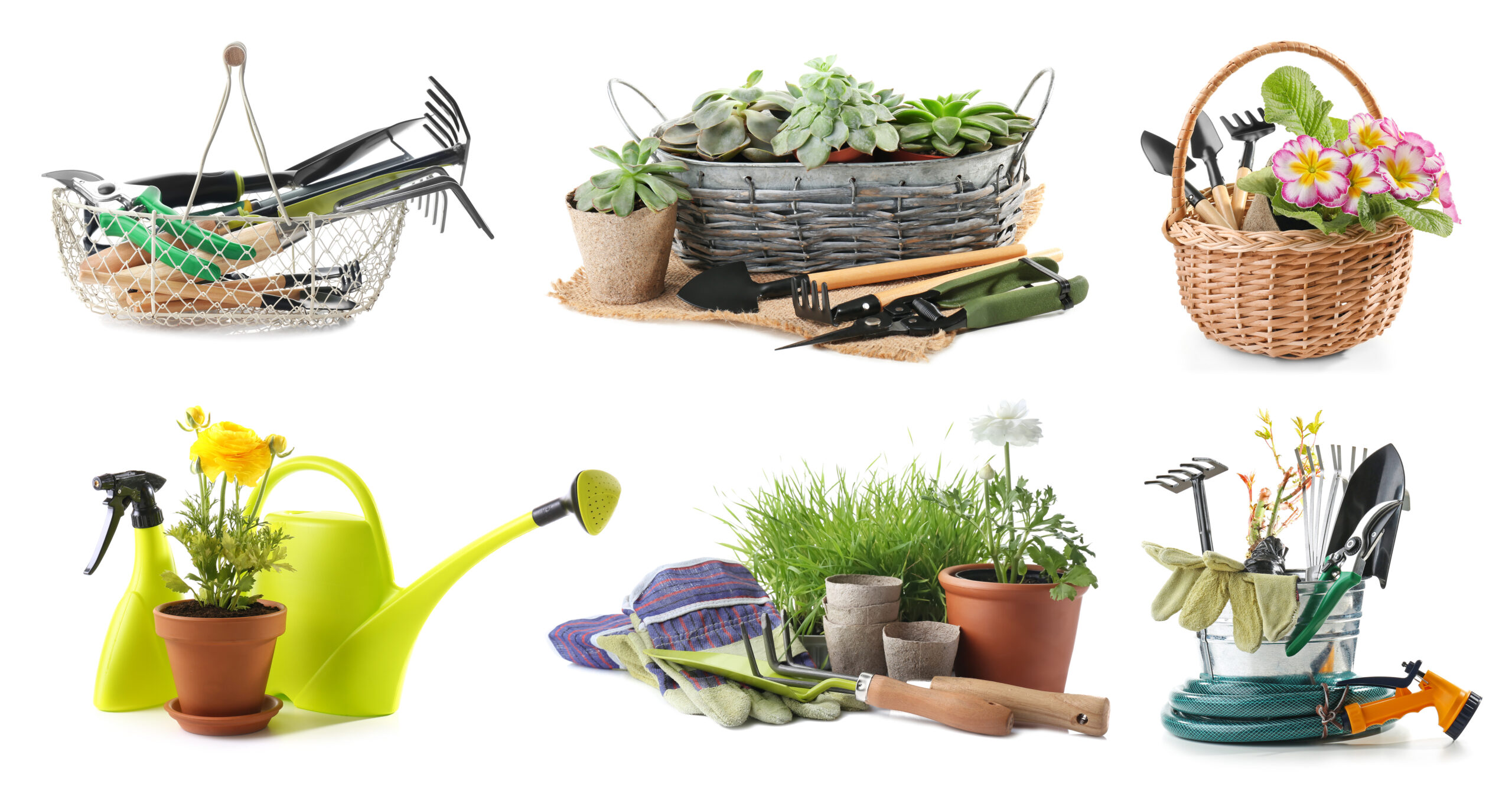
Understanding Soil’s Role in the Garden
Soil isn’t just dirt—it’s a living, breathing entity that plays a crucial role in supporting plant life. A healthy soil structure provides essential nutrients, water, oxygen, and support for plant roots. It also houses a diverse community of organisms, from beneficial bacteria and fungi to earthworms and insects, that contribute to the decomposition of organic matter and the cycling of nutrients. Recognizing soil as the foundation of your garden is the first step toward creating a vibrant and productive outdoor space.
Improving Soil Structure
Good soil structure allows for adequate air and water movement, critical to plant health. Sandy soils drain quickly but can lack nutrients, while clay soils hold nutrients well but may have poor drainage and aeration. Amending your soil with organic matter like compost or well-rotted manure can improve its structure, making it more hospitable for plant roots. Regular additions of organic material help sandy soil retain moisture and nutrients and make clay soil more friable and well-draining.
Testing Soil for Nutrient Content and pH
To tailor your soil amendments and fertilization strategy effectively, it’s essential to know your soil’s nutrient content and pH level. Simple soil tests, available at garden centers or through local extension services, can provide this information. Most plants thrive in slightly acidic to neutral soil (pH 6.0-7.0), but some plants have specific pH preferences. Adjusting your soil’s pH gradually with lime (to raise pH) or sulfur (to lower pH) can make a significant difference in plant health and productivity.
Encouraging Soil Biodiversity
A diverse soil ecosystem is vital for nutrient recycling, disease suppression, and overall garden health. Practices that encourage soil biodiversity include reducing or eliminating tillage, which can disrupt soil structure and harm beneficial organisms. Planting cover crops, such as clover or vetch, can also add organic matter, suppress weeds, and provide habitat for soil organisms. Additionally, avoiding chemical pesticides and fertilizers helps protect the delicate balance of soil life.
Mulching for Moisture, Temperature, and Weed Control
Mulching your garden beds with organic materials such as straw, leaves, or wood chips can have multiple benefits for soil health. Mulch helps retain soil moisture, moderates soil temperature, suppresses weed growth, and, as it breaks down, adds organic matter to the soil. This protective layer also provides habitat for beneficial insects and can reduce soil compaction from heavy rains.
Incorporating Green Manures and Cover Crops
Green manures and cover crops are planted not to be harvested but to be turned back into the soil, where they decompose and enrich it with organic matter and nutrients. Leguminous cover crops, like clover and field peas, have the added benefit of fixing nitrogen from the air into the soil, making it available for future crops. These practices not only improve soil fertility but also prevent erosion and improve soil structure over time.
Regular Composting: Black Gold for Your Garden
Composting kitchen scraps, yard waste, and other organic materials creates a nutrient-rich amendment that can significantly improve soil health. Compost adds essential nutrients, improves soil structure, and encourages healthy root development. Starting a compost bin or pile is a simple and effective way to recycle waste into a valuable resource for your garden.
Continuous Learning and Adaptation
Soil health is not a static condition but an ongoing process of improvement and adaptation. As you work with your garden, observe changes in plant health, soil texture, and water retention to guide your soil management practices. Experiment with different amendments, cover crops, and mulching materials to discover what works best for your soil and plants. By committing to building and maintaining healthy soil, you create the foundation for a thriving, productive garden.
Healthy soil is the cornerstone of successful gardening, supporting plant growth, encouraging biodiversity, and creating a dynamic and resilient ecosystem. By investing time and resources into improving soil health, gardeners can enjoy the rewards of lush, vibrant plants and bountiful harvests, season after season.



